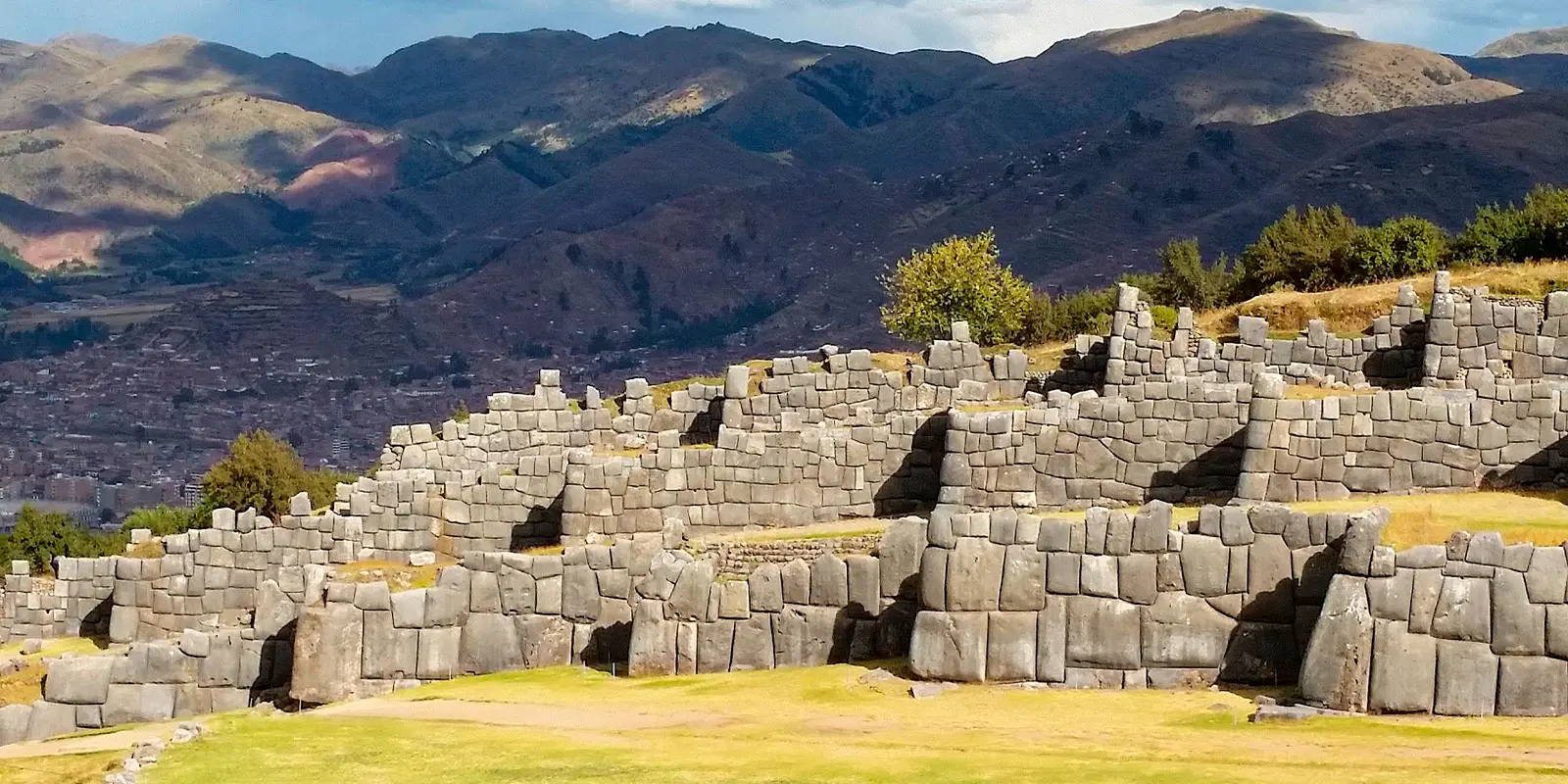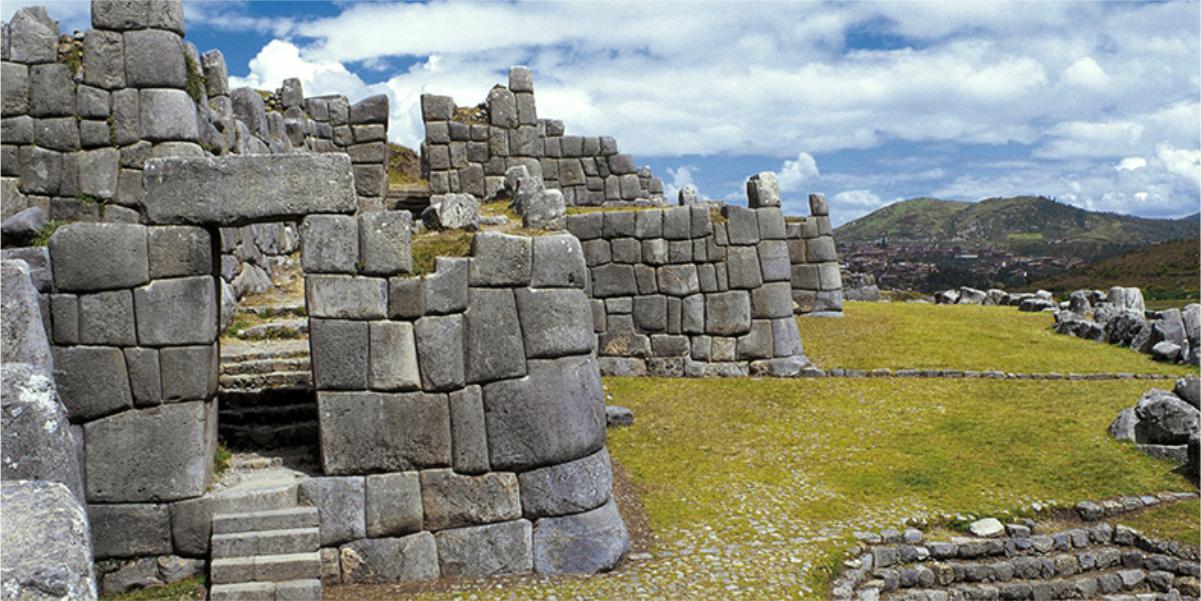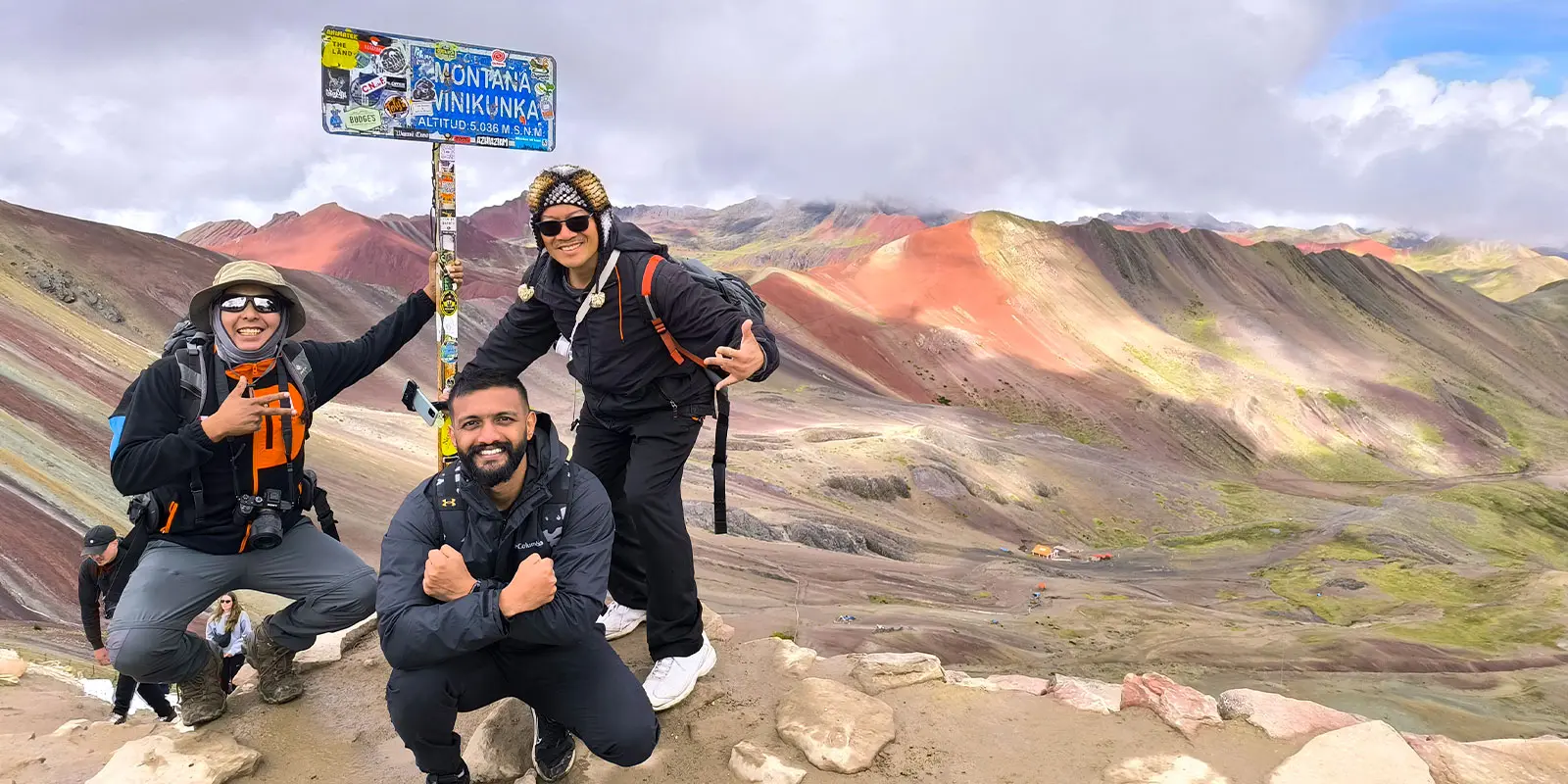Would you like to discover the interesting history of the Inca Fortress of Sacsayhuaman? The ruin is located at the top of Cusco and was used for military purposes and for the protection of the city. This amazingly engineered site was the focus of many battles with the Spanish who conquered this site as well as the city of Cusco. The impressive and expansive site is a must visit while in Cusco before any tour to Machu Picchu.
History
In the 15th century, to the north of Cusco lived the Chanca’s an ancient civilization that were looking to expand their empire. In 1438 the Chancas taking advantage of the calm waged war on the Inca, closing Cusco. Pachacutec retaliated and had a great victory, clearing the way for the Inca Empire to head north. Later, Viracocha entrusted the building of Sacsayhuaman to his son, the young Pachacutec. The victorious Pachacutec decided to build Cusco in the shape of a Puma, the symbol of power in the Inca Culture. This is why Sacsayhuaman is in the shape of the head of the Puma. The Inca fortress was built during his reign between 1438 and 1471AD. It is believed that its construction lasted more than 90 years. More than 20,000 men were needed under the mita system (teamwork), making this place the greatest evidence of the organization and technique of the Inca empire.
The Spanish arrived in 1533, the fortress was used by Inca Manco Capac during the fight with the conquistadors. He won the first battle but later was defeated. Francisco Pizarro then sent his brother, Juan, to recover the fortress in a last battle in 1536. The Spanish used cavalry and ladders to climb the gigantic walls and towers of the complex. Breaking the defenses of the Inca fortress, the battle was bloody. Juan Pizarro died at the battle, but the Spanish won and managed to recover the fortress. The Spanish soon dismantled most of the site and used the stones for building in Cusco.
The Design of Sacsayhuaman
The complex design is based on the shape of the head of a puma, a sacred animal in Inca spirituality. It was the Inca Pachacutec who redesigned the city of Cusco to give it the shape of a lying puma, having Sacsayhuaman as its head. It is also worth mentioning that the fortress contains constructions for worship and residential buildings. You can also see warehouses, aqueducts, roads, towers, and shrines. The complex can closely resemble the style used in other sacred places such as Machu Picchu.
The purpose of Sacsayhuaman
Academics discuss the function of Sacsayhuaman, some have concluded that it was a center for the lightning god, because of the shape of terraces. Another indicates that the complex was a ceremonial neighborhood of high-level people, due to certain zones destinated to worship of deities. Others claim that the complex was a military fortress, because of its location and structure, this is the preferred opinion.
There is also evidence showing that the enclosure was used as a kind of deposit. It is believed that the Incas kept food, ceramics, valuable textiles, precious metal tools, armor even weapons.
The parts of Sacsayhuaman
The Towers
There were 3 towers at Sacsayhuaman only the foundations of the Towers remain. The buildings were destroyed in the early colonial period, their foundations covered with earth;
- Muyuccmarca, “Muyuq” means round, “Marca” means settlement. Its circular bases confirm its circular shape, which features three concentric circles, all inserted into a square with unequal sides.
- Paucarmarca is covered with earth, possibly could have been quadrangular “Pauca” means festive, beautiful, joyful, garden, it is believed to have been dedicated to the stars.
- Sallaqmarca is next to Muyuccmarca and etymologically comes from “Sallaq” meaning rough, stony.
Enclosures
Found at the top of the hill, south of and a short distance from the towers. They are beautiful rooms situated against the hill, overlooking the plazas of the Inca city. The rooms themselves are characterized as long and narrow, connected by a series of trapezoidal doors.
The Bastons
Impressive irregular shaped stones assembled with perfect precision. The first Spaniards attributed their construction to demons; even today, it is said that extraterrestrials are the ones who made this work. These bastions are considered a marvel even today.
The Doors
Located in the central and middle part of the bastions with trapezoidal shapes, they served as entrance to the tower area.
Rodadero or Suchuna
A natural formation of diorite, of volcanic origin, which emerged modulating its surface with curves and stripes in the form of slides.
The Inca Throne
A succession of seats carved in diorite rock, located on the eastern part of the hill, from which there is a panoramic view of the complex.
Chinkanas or Tunnels
There are two, the smaller one is short in length and has become a popular with visitors. The larger one is further north, below a large limestone rock. This passage is flooded and not accessible. Some believe they are interconnected with the various Inca constructions, yet it remains a great mystery.
How to get to Sacsayhuaman
On foot: The walk to Sacsayhuaman is short but uphill, approximately 20 to 30 minutes from the center of the city of Cusco. The route offers great views of Cusco and the main square. To walk to Sacsayhuamán from the main square, go up Suecia street to Huaynapata and continue on Resbalosa, turn right after the church of San Cristóbal and follow the road. Here, you will join the ancient Inca route to Sacsayhuaman.
By taxi: The taxi service is a great option if you want to tour the entire archaeological complex. The journey will take approximately 10 minutes to the entrance of the archaeological park. It is essential that you agree on a price before taking the service. If you want the driver to wait for you agree on that also.
Guided tour: This is the best option. Most tours offered come with everything included, you will also have a guide who will explain about this wonderful place.
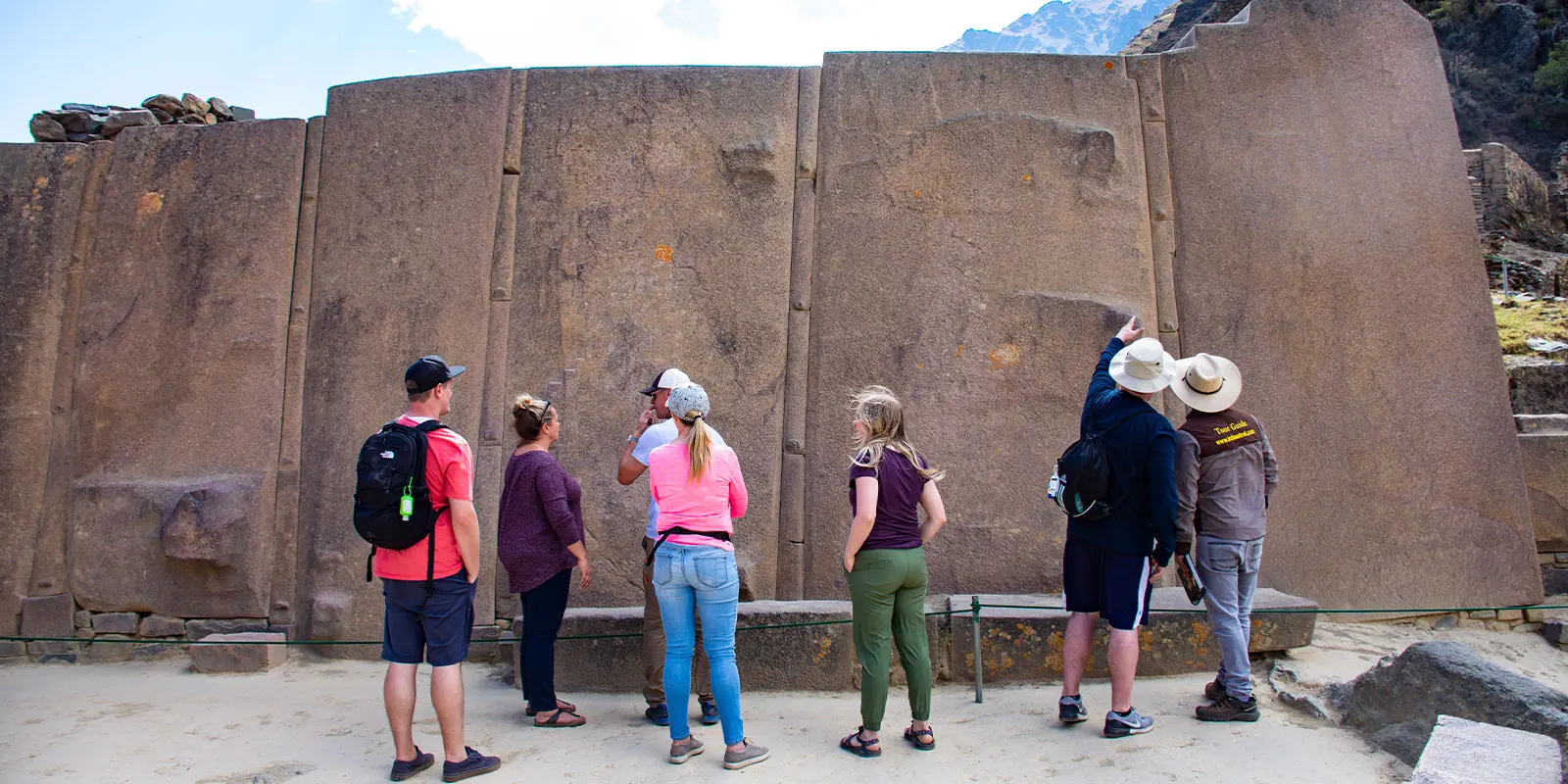
Cultural Events at Sacsayhuaman
Inti Raymi
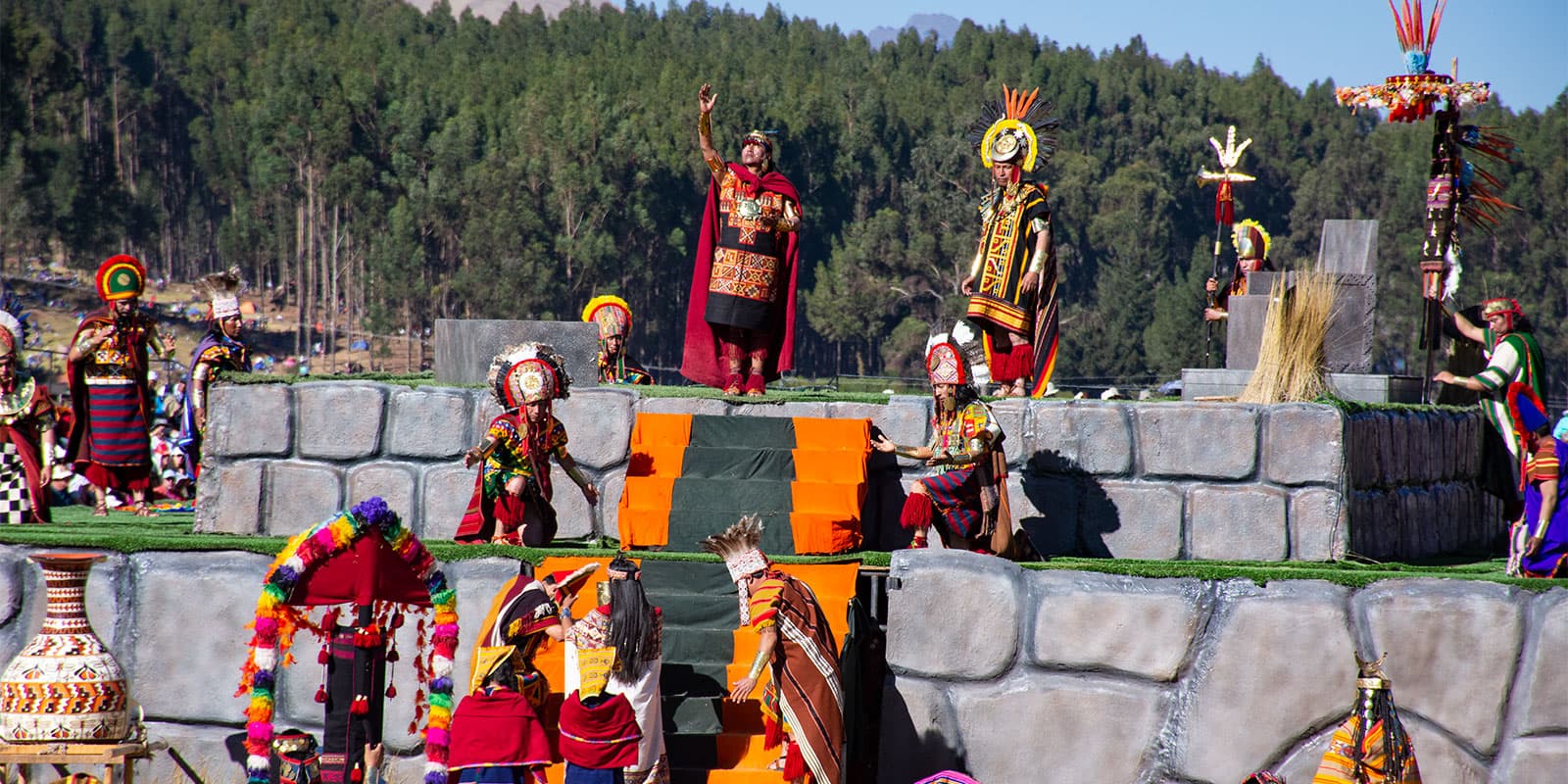
Every June 24th, the Inti Raymi is celebrated on the esplanade of Sacsayhuaman, which is a reenactment of the most important festival of the Inca era, the worship of the Sun God. This is one of the most important festivals of the year, tourists from all over the world gather to witness this wonderful, colorful spectacle.
Other Ruins close by
Qenko
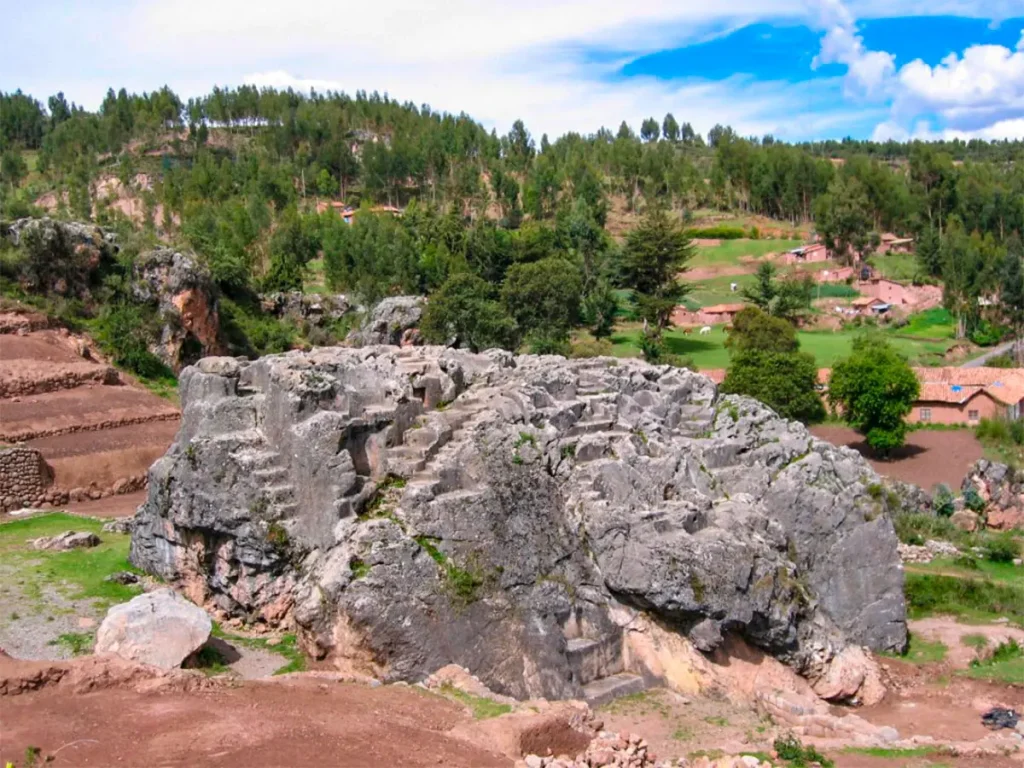
Q’enko is one of the finest examples of an artfully carved rock and an excellent illustration of how the Incas worshipped. This large limestone rocks show complex patterns of steps, seats, geometric shapes and a puma design. Inside the rock are large niches and a possible altar.
Puca Pucara
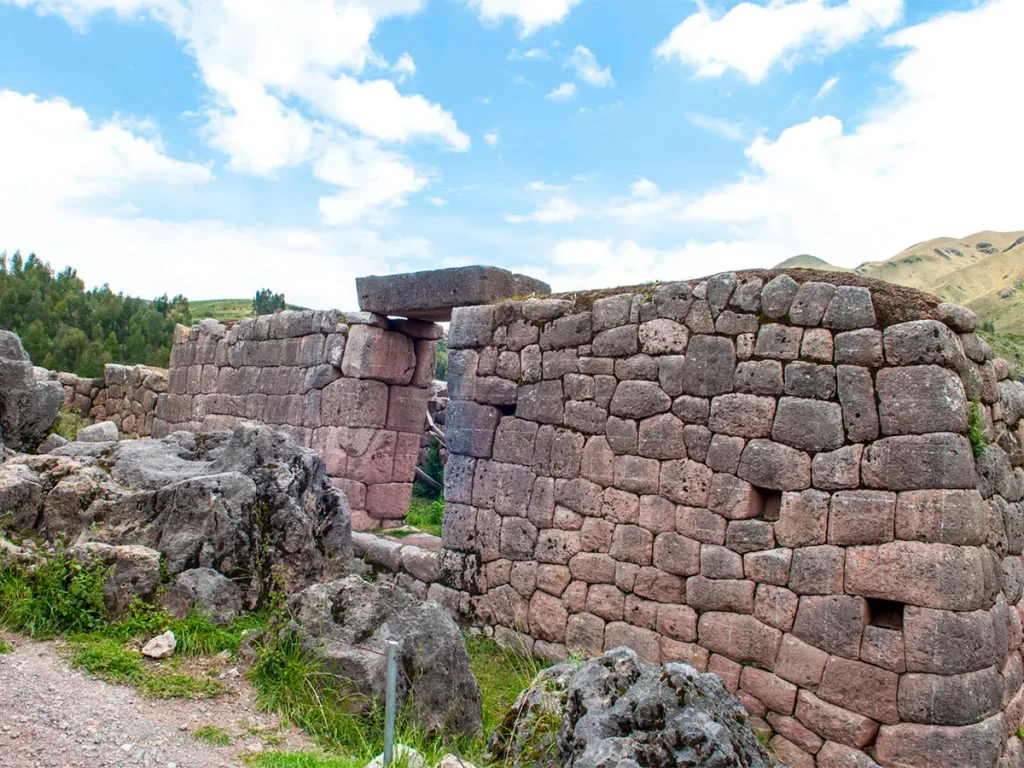
The site has superb views over the surrounding countryside. Puca Pucara (which means “red fort”) was more likely a tambo, a resting place, rather than an actual fort. Travelers may have lodged here with their goods and animals before entering Cusco.
Tambo Machay
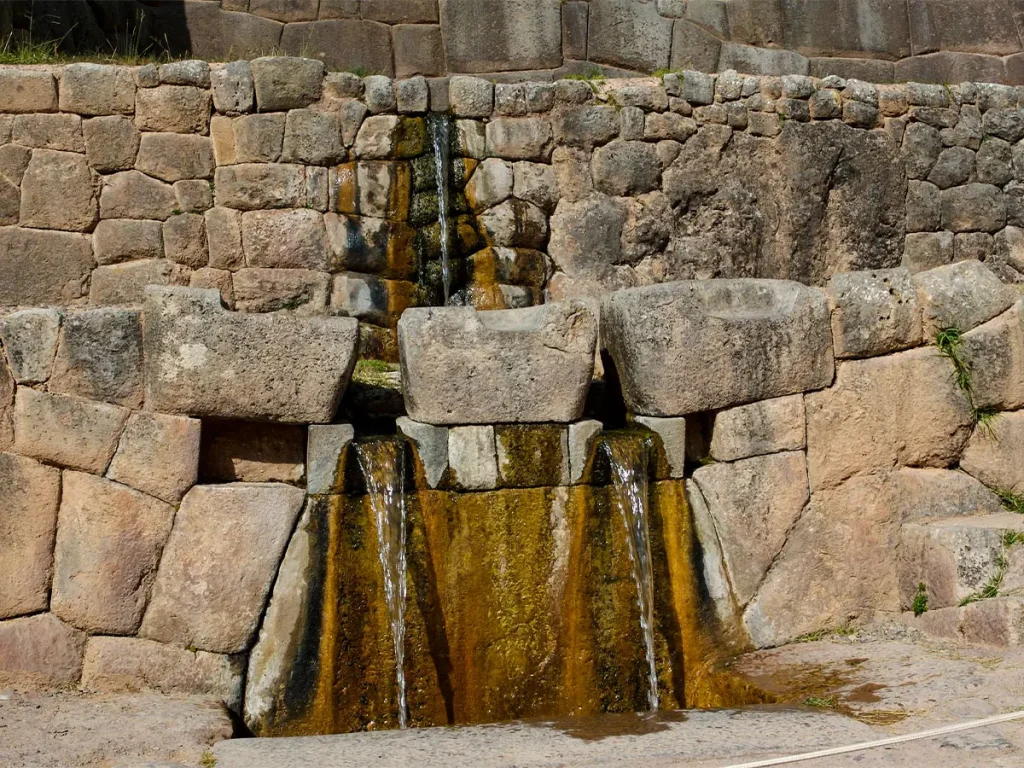
This small ruin consists of a beautifully constructed ceremonial stone bath. It was a site for ritual bathing. The excellent quality of stonework at Tambo Machay suggests that just the aristocracy used it, mainly for the baths on ceremonial occasions. The ruins basically consist of three tiered platforms. The top platform has four niches used as seats. On the next level an underground spring emerges directly from a hole to the base of the stonework.
The Cusco visitors Ticket
When you arrive into Cusco, it is a great idea to get a Cusco Visitors ticket. With this ticket you can enter most of the sites in Cusco, which includes Sacsayhuaman and the Sacred Valley. The cost will depend on if you buy a partial or full ticket.
Weather and Altitude
The city of Cusco two main seasons: dry and rainy. However, given the altitude at which Sacsayhuamán is located (3,700 m above sea level), it tends to have a cold climate. December, January, February and March, these are the rainiest months of the year in the city of Cusco and Sacsayhuamán. May, June, July and August being the driest.
The ancient Inca city of Sacsayhuaman awaits you on your tour to Cusco. Take the time to visit and explore. The site has amazing views of Cusco and is located high in the Andes. Combine with at tour to the Sacred Valley and Machu Picchu. Don’t miss out.
